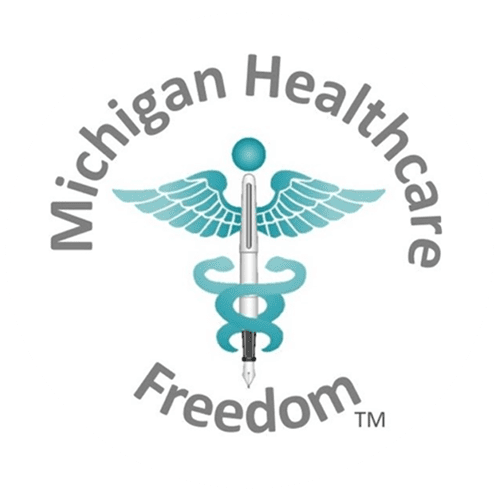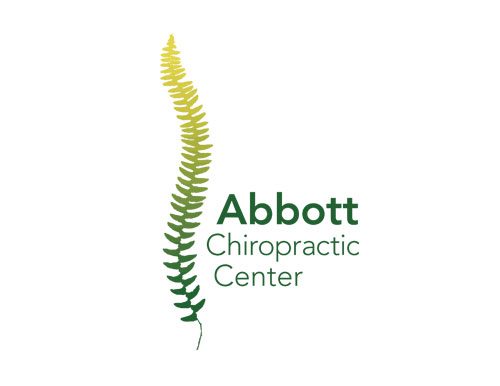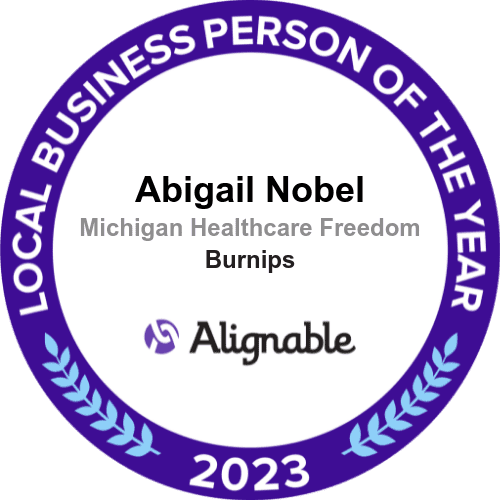
One of the more craven frauds in health care is the widespread declaration of nonprofit status by hospitals and other health care institutions. They have no shareholders, but administrators and officers earn top tier salaries with excellent benefits which compare to the private sector. Nonprofit health care institutions are at least as aggressive in expanding their financials as for profit hospitals.
Does the public benefit by allowing these institutions to escape taxation?
https://www.goodmanhealthblog.org/should-nonprofit-hospitals-do-more-to-earn-their-tax-exemption/
Should Nonprofit Hospitals Do More to Earn Their Tax Exemption?
By Devon Herrick - October 9, 2025There are nearly 3,000 nonprofit hospitals in the United States. Keep in mind, nonprofit status is a tax election. It does not mean a hospital is not trying to earn a profit. Rather, it means a hospital is trying to either: a) break even by spending its profits on a charitable mission, or b) plowing profits back into expansion. Hospitals tend to do the latter, rather than the former. The following is from a study in JAMA:
A total of 2927 US nonprofit hospitals received a $37.4 billion total tax benefit in 2021 from federal income tax ($11.5 billion; 31%), sales tax ($9.1 billion; 24%), property tax ($7.8 billion; 21%), state income tax ($3.7 billion; 10%), charitable contributions ($3.2 billion; 8%), bond financing ($2.1 billion; 6%), and federal unemployment tax ($200 million; <1%). Tax benefit varied substantially across states, from $25 098 (Delaware) to $159 464 (Massachusetts) per hospital bed and from $19 (Alabama) to $275 (Massachusetts) per capita. Tax benefit was highly concentrated, with 7% (n = 212) of hospitals accounting for half of the total amount.
Nonprofit hospitals earn their tax-exempt status by providing community benefits. Previous studies have shown that the vast majority of nonprofit hospitals (more than 85%) perform less charity care than the value of their tax exemption, often less than their for-profit counterparts. Why would a nonprofit with a charitable mission perform less charity care than a for-profit hospital? Researchers have found that people sometimes behave like a good deed (e.g. being a nonhospital) offsets a bad one (like performing less charity care than they should). Community benefits vary considerably across hospitals and across states. Research has also found that some hospitals are very generous with providing community benefits, while others are stingy. One-in-five nonprofit hospitals provides only about 4% of net expenses in community benefits, while one-third generates more than 10%.
As mentioned above, hospitals provide community benefits in return for their tax exemption. The key to whether this is beneficial has to do with how you define community benefits. In return for about $37.4 billion in tax benefits (2021) hospitals claim to provide a total of about $94 billion in community benefits (2022). This sounds like a bargain for taxpayers, but perhaps it is not. Of the $94 billion, only $21 billion was charity care. Other community benefits were education & research ($33 billion) and treating Medicaid patients (claiming a $41 billion benefit because Medicaid pays less than Medicare and private insurance). Nonprofit hospitals also experienced $26 billion in bad debts. Some hospitals claim bad debts written off benefit the community. When I worked in a nonprofit hospital, the accountants routinely wrote off bad debts to charity care until the lawyers told us to stop.
The notion of generous tax exemptions in return for community benefits raises an important question: What type of community benefits should hospitals produce? Most people would probably say treating the poor and providing care to indigent patients who cannot afford care on their own is an important mission. Perhaps hospitals could help the community by operating a series of community clinics where patients could seek care without an appointment and at affordable prices. I would also argue price transparency not only for those who lack coverage but also those with health coverage wishing to compare prices is charitable. In addition, why not provide affordable care options for those paying cash? Wouldn’t a community benefit also be a hospital not price gouging their community, including not gouging the local employer community? Many of these are common sense. It makes me wonder why they are incorporated into regulations. Instead, what functions as community benefits are some contrived faux benefits and charity care that equals no more than 4% to 5% of net revenue in many states. Furthermore, hospitals have consolidated to the point where most major cities exist within a hospital cartel that is not competitive.
I also wrote about charity care here.
Also see: “Estimation of Tax Benefit of US Nonprofit Hospitals,” JAMA, September 26, 2024.
“The Significance of Definitions in Determining the Level of Community Benefits for Nonprofit Hospitals,” The Milbank Quarterly, July 2025.







